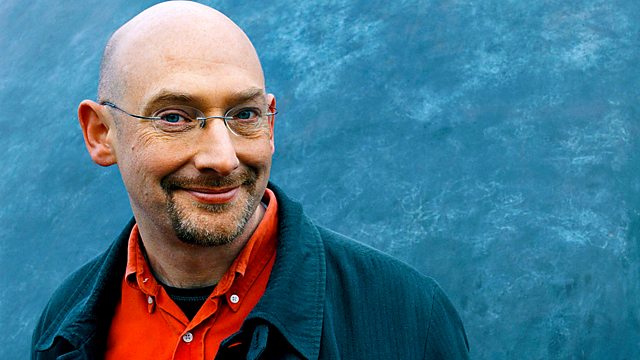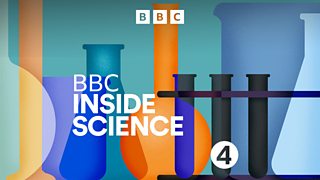Up, Up and Away! - Iron in the Sea
Quentin Cooper hears from two brothers about balloon flights carrying a special telescope above the Arctic and Antarctic, and the equally ambitious attempts to film them.
Up, Up and Away!
Quentin Cooper hears from two brothers about ambitious balloon flights carrying a special telescope above the Arctic and Antarctic, and attempts to film the flights.
Mark Devlin, an astronomer at the University of Pennsylvania, aims to study new stars in distant galaxies. He needs to look at them in wavelengths of light that do not penetrate the Earth's atmosphere, so he attempts to fly his fragile telescope beneath a high-altitude balloon which takes it to the top of the atmosphere. To keep it in the sky requires constant daylight, so he has to take it above the Arctic or Antarctic circle in mid-summer.
Mark's brother, Paul, is an Emmy award-winning film-maker and has been making a documentary that follows Paul's team. He captures the trials and tribulations, delays and panics, disappointments and triumphs of attempted launches from Sweden and Antarctica.
Iron in the Sea
Almost half the carbon dioxide that鈥檚 emitted into the air ends up being absorbed by plankton in the sea.
Plankton are as important at fixing carbon dioxide as are plants on land.
But the vast belt of ocean surrounding Antarctica, the Southern Ocean, is not pulling its weight.
As a controversial Indian-German experiment, LOHAFEX, heads for the Antarctic waters to see if additional plankton can be encouraged, Quentin hears what鈥檚 known about ocean fertilization using iron, what the lessons from previous experiments have been, and what it all has to do with the Ice Ages.
Raymond Pollard, from the National Ocean Centre, Southampton, and ecologist Geraint Tarling from the British Antarctic Survey.


